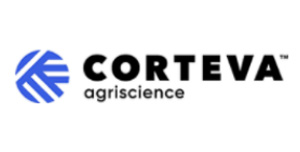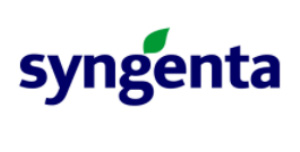The forms and frequencies of insecticide resistance continue to fluctuate in pest populations. Learn about the latest findings from our monitoring project, which focuses on tracking resistance to pyrethroids in major UK pests of cereals and oilseeds.
Insecticide screens
The work, led by Rothamsted Research, receives insects from the field and exposes live samples to insecticide compounds at various screening doses.
When compared to expected mortality (from known insecticide-susceptible baselines), they can rapidly detect signs of resistance.
The screens do not require knowledge of the underlying genetic resistance mechanisms. However, where mechanisms are known, the team uses DNA-based tools to identify which ones are present (and the frequency at which they occur).
The most-studied pest is the virus-transmitting peach-potato aphid.
Peach-potato aphid
Pyrethroids
The latest bioassays on several peach-potato aphid samples collected in 2022 (including 12 from oilseed rape) continue to detect strong pyrethroid resistance (to esfenvalerate and lambda-cyhalothrin).
This resistance is mainly associated with the super-kdr target site mechanism.
However, the latest DNA tests reveal something unusual.
The frequency of super-kdr was low (below 40%) in the 2022 samples – the lowest since it was first monitored in 2012.
Conversely, the other pyrethroid mechanism, kdr (conferring moderate resistance), was seen in the greatest proportion of samples in over a decade (above 50%).
The cause of this potential population shift is not clear. It may be due to new aphid clones in the UK population.
Further molecular (microsatellite) testing at the James Hutton Institute supports the findings of this project.
Their research on peach-potato aphids caught in Scottish suction traps in 2022 also suggests that aphid super clones ‘come and go’.
Pirimicarb
The team also continues to detect resistance to pirimicarb (associated with the MACE mechanism).
There has also been a downward shift in the proportion of peach-potato aphids with MACE – it was present in about 1 in 5 aphids in 2022.
The continuation of MACE in UK samples (despite the loss of pirimicarb as an authorised active ingredient in most UK crops) may be due to the resistance mutation ‘hitch hiking’ alongside super-kdr in the UK’s aphid super clones.
As super-kdr levels also took a dip in the 2022 samples, it adds weight to this theory.
Organophosphates
Some samples (3) contained extreme (R3) esterase levels, conferring strong metabolic-based resistance to organophosphates (OPs).
OPs are now rarely used in UK fields, and R3 has not been detected in open-field crop samples since 2018.
The samples also included a resistance-genotype combination not detected in the UK before.
Such forms may originate from countries where OPs are more commonly used.
Other compounds
For several other key compounds, the 2022 screens on peach-potato aphid samples found no evidence of resistance at levels that may compromise control.
In fact, there was no evidence of any significant shifts in sensitivity from the diagnostic baselines.
In 2021, some reduced sensitivity to neonicotinoids and sulfoxaflor was detected. However, this was not detected in the 2022 samples.
Other pests
Grain aphid: As in previous years, pyrethroid resistance greater than conferred by heterozygous kdr was not found in UK grain aphid samples (3) collected in spring 2023. This means good control with pyrethroid sprays – applied at the full label rate (with good aphid contact) – should be possible.
Bird cherry-oat aphid: There is no evidence of resistance or reduced sensitivity to pyrethroids in the UK.
Cabbage stem flea beetle: The frequency of pyrethroid-resistant beetles (conferred primarily by a metabolic mechanism) has risen over several years. The 2022 screens on samples from oilseed rape in England (15) and Scotland (4) detected pyrethroid resistance (at equivalent to full label rate) in all samples from England (ranging from 37% in Hertfordshire to 100% in Yorkshire) but none from Scotland.
Pollen beetle: Pollen beetle samples from Hertfordshire (3) contained pyrethroid-resistant beetles at the equivalent of full label rate.
Resistance guidance
The Insecticide Resistance Action Group (IRAG) considers the results from the resistance screening work and issues updates to its management guidance each year.
Integrated Pest Management (IPM) approaches, which balance non-chemical and chemical control, are at the heart of the guidelines.
The project results also support the regulatory decision-making process via Defra/CRD.
IRAG guidance is published on the AHDB website
This article is based on information from the latest (2022–23) project report
Poor spray performance
If an insecticide has been applied optimally, in line with the label recommendations, and fails to control the pest target as expected, do not make repeat applications of any insecticide from the same mode of action.
Report any new resistance concerns to a BASIS-qualified adviser and contact [email protected] to assess the potential to take insecticide resistance tests.
Yuanye is a high-tech enterprise integrating scientific research and production of pesticide intermediates





